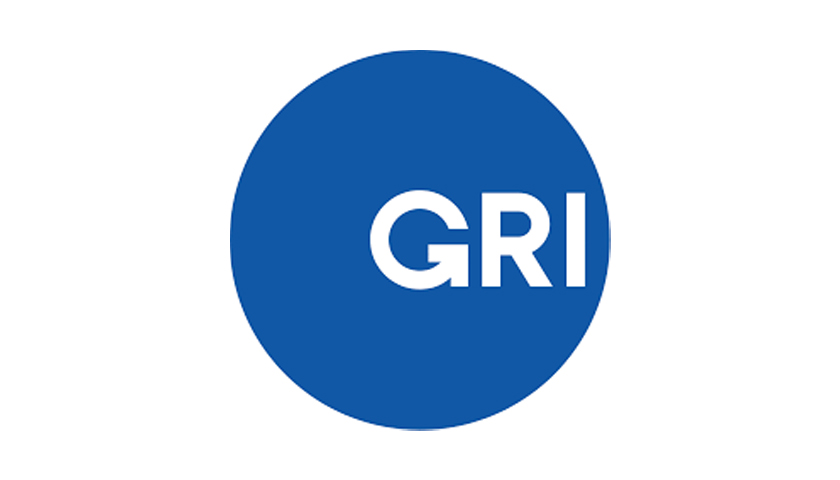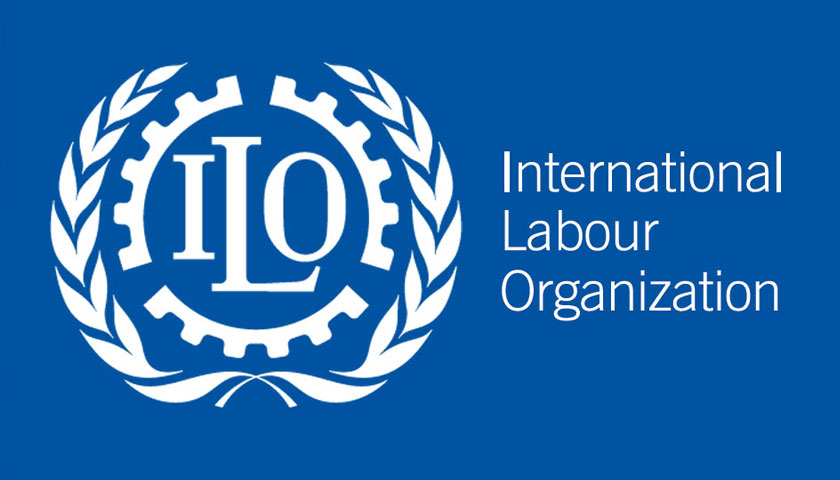ING has published its annual Climate Report, giving an overview of the progress we are making in climate action. The report provides details on our integrated approach to climate action and outlines how our financing impacts climate change; including steering our loan book towards global net-zero 1.5 degree climate goals, providing green financing and advice to clients and reaching net zero in our own operations. It also addresses how climate change impacts our business, as we work to assess the risks in our portfolio and take action to mitigate them.
“The world looks very different now than in 2021 with the war in Ukraine, high inflation and soaring energy prices,” said ING CEO Steven van Rijswijk. “Everything that’s happening makes us even more determined to achieve our goals and become a banking leader in building a sustainable future for our customers, society and the environment. We’re proud of the steps we’re taking, and the transparency with which we share the progress towards our targets. But none of us can do this alone. For true transformative change to happen, at the increasingly urgent speed it needs to, a concerted collaborative and consensus-based effort across all sections of society is desperately needed. We all have a part to play, and we can all do much more. Let’s do it together, before it’s too late.”
An important element of the report is our progress on steering our portfolio towards global climate goals – our Terra approach. It shows that five sectors are on track: power generation, upstream oil & gas, automotive, commercial real estate and shipping. Two sectors, cement and residential real estate, are within 5% of their pathway, and steel is just above 5% of its pathway. Aviation comes out well above the pathway due to the extraordinary impact that Covid-19 has had on the sector, although it is beginning to trend back to its decarbonisation pathway as the sector recovers.
We have set 2030 interim targets for all nine sectors, on top of our 2050 targets, to stimulate immediate climate action. For eight of the nine sectors, the targets are now aligned with net-zero 1.5 degree climate scenarios. We will update the last one as soon as a scenario is available. Furthermore, we are expanding our approach to additional carbon-intensive sectors to have more impact, e.g. aluminium. Besides steering our lending portfolio towards net-zero climate goals, we also work to link biodiversity, human rights and circular economy to our integrated climate approach.
We continue to adapt our approach to climate-related and environmental disclosures as we build on our expertise in measuring and quantifying climate metrics, and in line with evolving regulatory and methodological developments. This helps us to continuously improve our approach to climate action, including identifying opportunities to help our clients with their net-zero ambitions. The ultimate goal is to support the decarbonisation of the global economy. This year, we’ve aligned the structure of our report with the structure recommended by the Task Force on Climate-related Financial Disclosures (TCFD). This supports standardisation and comparability across the financial sector.



